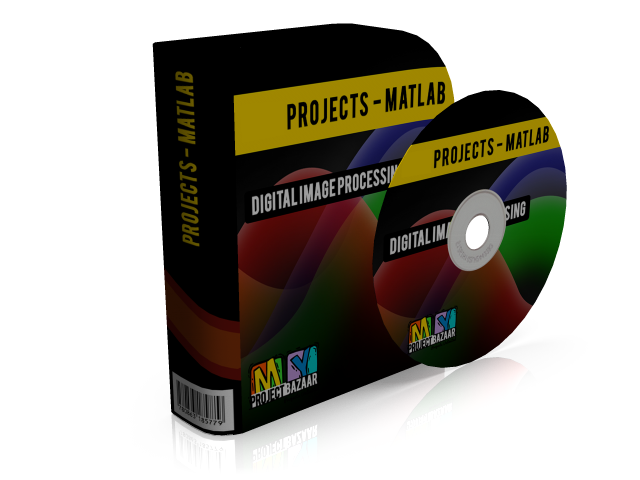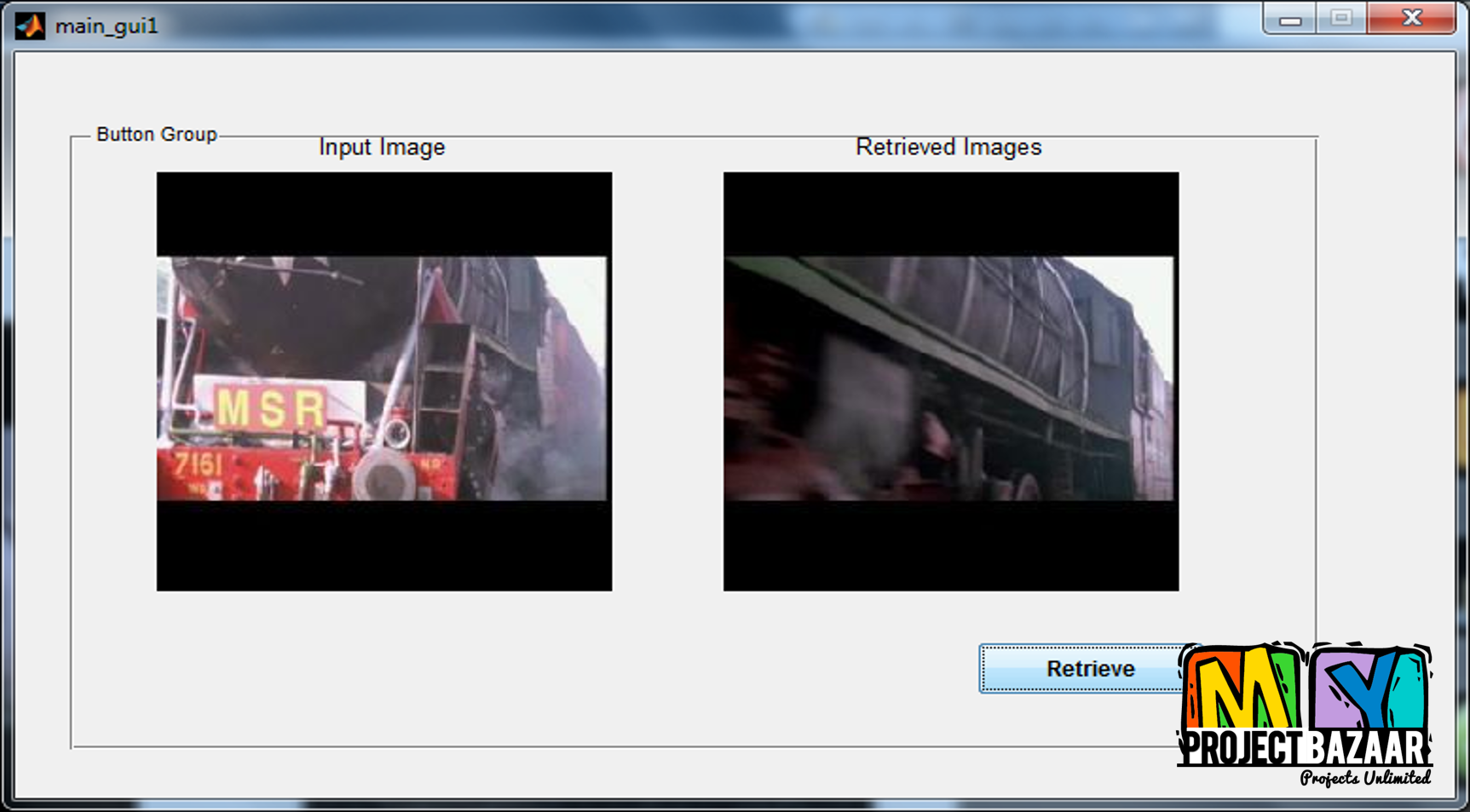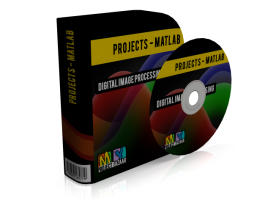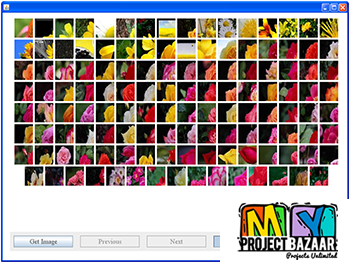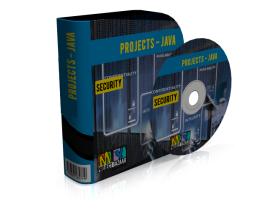
Coding Visual Features Extracted From Video Sequences
Product Description
Abstract—Coding Visual Features Extracted From Video Sequences. Visual features are successfully exploited in several applications (e.g., visual search, object recognition and tracking, etc.) due to their ability to efficiently represent image content. Several visual analysis tasks require features to be transmitted over a bandwidth-limited network, thus calling for coding techniques to reduce the required bit budget, while attaining a target level of efficiency. In this paper, we propose, for the first time, a coding architecture designed for local features (e.g., SIFT, SURF) extracted from video sequences. To achieve high coding efficiency, we exploit both spatial and temporal redundancy by means of intraframe and interframe coding modes. In addition, we propose a coding mode decision based on rate-distortion optimization. The proposed coding scheme can be conveniently adopted to implement the analyze-then-compress (ATC) paradigm in the context of visual sensor networks. That is, < Final Year Projects > sets of visual features are extracted from video frames, encoded at remote nodes, and finally transmitted to a central controller that performs visual analysis. This is in contrast to the traditional compress-then-analyze (CTA) paradigm, in which video sequences acquired at a node are compressed and then sent to a central unit for further processing. In this paper, we compare these coding paradigms using metrics that are routinely adopted to evaluate the suitability of visual features in the context of content-based retrieval, object recognition, and tracking. Experimental results demonstrate that, thanks to the significant coding gains achieved by the proposed coding scheme, ATC outperforms CTA with respect to all evaluation metrics.
Including Packages
Our Specialization
Support Service
Statistical Report

satisfied customers
3,589
Freelance projects
983
sales on Site
11,021
developers
175+Additional Information
| Domains | |
|---|---|
| Programming Language |

